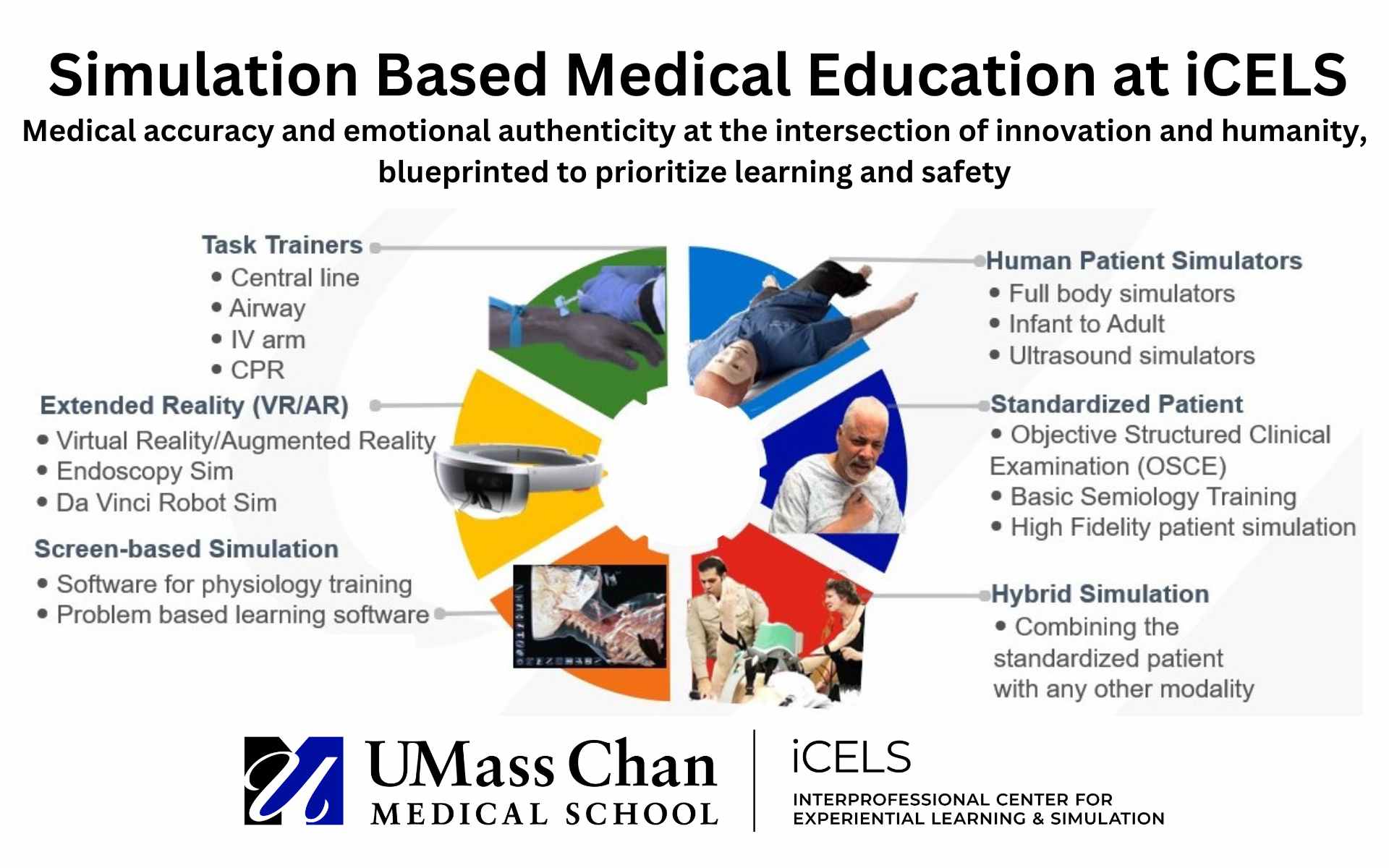Getting Started with Simulation
Getting Started with Simulation
As you read this, simulation is improving outcomes across industries - from aviation to military, from legal to healthcare, from sports to education. Simulation involves modelling, imitating or pretending to look like, or be, something else. Any task - from making a phone call, to crossing a street, to registering for an appointment, to having a procedure - can be simulated. Learnings that take place through simulation have been proven to improve actual practice in a real-setting.
Healthcare simulation uses multiple techniques to improve outcomes, for instance: teach and assess physical, communication and problem-solving skills; model and perfect new processes and procedures before implementing with patients; study and identify solutions to errors; test new products. While sophisticated equipment can be involved, medical simulation can involve a range of methods, including high-value debrief and feedback that move towards a guided and deliberate practice of skills, procedures and communication, in a supportive environment that creates learning opportunities.
How does this apply to your learning goal? Read on or select a topic shortcut below to find out:
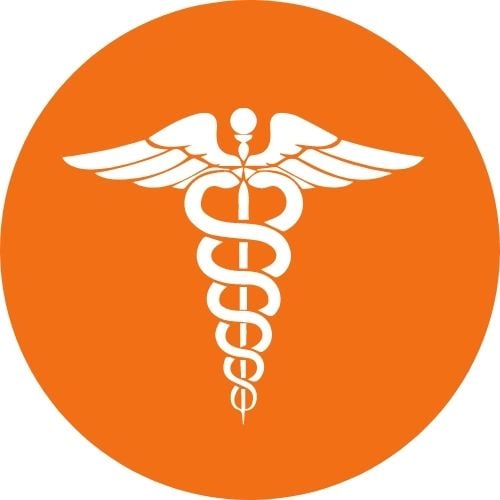
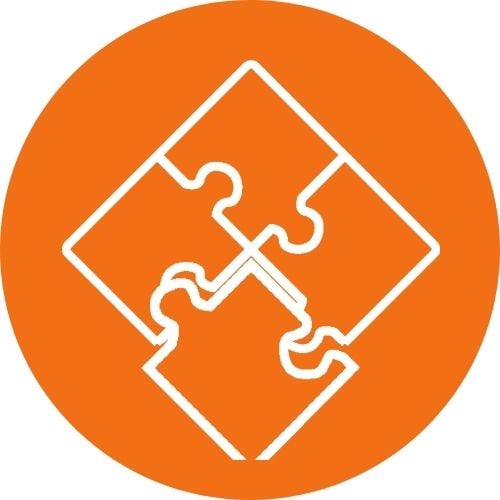
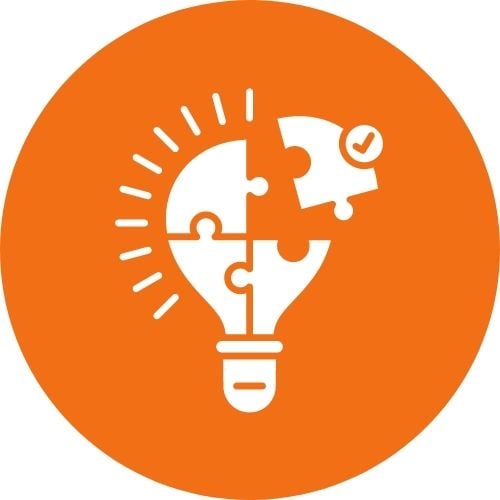

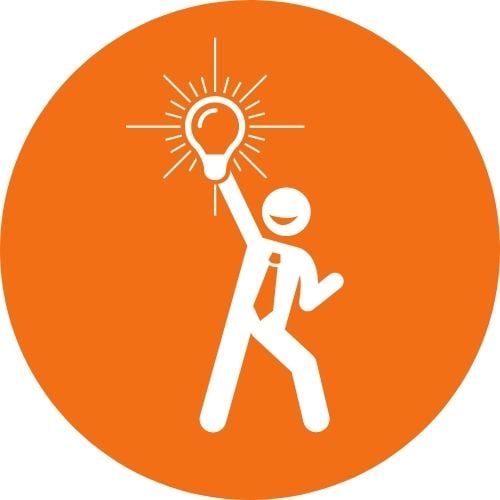
Currently Popular Types of Healthcare Simulation
Current popular types of healthcare simulation that are used, in the context of problem-based and team-based learning methods in medical education, include:
-
Screen-based / Computerized Simulation
Programs and applications that allow learners to interact with medical images on a tablet or computer
-
Extended / Virtual / Augmented Reality
Goggle and joystick or computer-based ‘smart games’ that mimic patient care scenarios and in which learners participate as they would in role-play games
-
Task Trainers
Full or partial body ‘dolls’ on which learners can practice specific procedures
-
High-fidelity Human Patient Simulators
Computerized manikins that look like full-sized people and have various functions
-
Standardized Patients a.k.a. Simulated Participants / Patient Actor / Patient Instructor
Everyday people who are trained to accurately and consistently look and act like a patient, as part of an educational team that helps learners learn how to interact with patients
-
Hybrid Simulations taking place at a Versatile Simulation Space
Rooms that can be configured to look like home, public, business or healthcare environments (clinic office, ER, OR, ICU) with real, usable equipment; can be modified to include challenges to mobility, communication, etc.
How Does Simulation Solve Real World Problems?
Examples of how health care organizations use simulation to improve safety and communication, include:
-
Interdisciplinary training
When an activity or procedure requires more than one area of expertise, simulation can be used to practice how to interact and optimize communication as a team. For example, it may be helpful for all offices/staff engaged is patient scheduling to fully understand the process from the perspective of the patient, which can be simulated by using standardized patients for training, assessment or data collection (e.g. “secret shopper” method where a simulated patient visits a real world health service). -
Practicing infrequent events that may have large impact
In situ simulation in the setting where the event might occur can help staff identify vulnerabilities in their systems or infrastructure. For example, by simulating a multi-day power outage due to a blizzard, staff may find that physical access to care is hampered in a variety of ways that can be addressed by forward planning and team practice.
-
Protocol or procedure testing
Simulation is a very flexible method for learning and problem-solving. It could be used at the design stage for a new office, clinic, waiting room to be sure plans are useable by the intended users. This could avoid costly design areas (e.g. a gurney can’t move around that corner) or prevent impediments (e.g. information windows at standing height are less approachable for those requiring wheelchairs for mobility). New processes can also be simulated to be sure team members are in sync prior to launch.
-
Quality Improvement
When issues are uncovered, simulation can be useful in helping to determine the root cause, develop a plan to solve the issue and then practice the revised process (could be communication, could be changing the way a procedure is accomplished, etc.)
Benefits of Simulation in Medical Education
"The standardized patient provides a transition to the real patient for medical students. Medical students can work with standardized patients without embarrassment about their novice status as they are learning to take histories and do physical examinations."
Cited from Barrows HS. An overview of the uses of standardized patients for teaching and evaluating clinical skills. AAMC. Acad Med. 1993 Jun;68(6):443-51; discussion 451-3. doi: 10.1097/00001888-199306000-00002. PMID: 8507309. Accessible online at https://hsasf.hsa.washington.edu/wp-content/uploads/2017/10/Overview-of-standardized-pat.pdf
Common Terms to Know When Discussing Simulation
What do these terminologies mean in the context of experiential learning and simulation for medical education?
| Term | Meaning | |
Debrief(ing) |
Structured and supportive feedback based on a specific simulation experience with the purpose of examining, understanding and improving behavior and/or performance. | |
Hi-fidelity Manikin |
Also called mannequins or mannikins. Often wireless, programmable realistic full-body patient simulators (from pediatric to adult-sized) used in a variety of learning scenarios such as a management of unstable patients, codes or mass-casualty incidents that utilize clinical-grade equipment and environments. | |
Human Factors |
Attributes (e.g. behavior, psychology, culture) that influence decision making, the flow of information, and the interpretation of information by individuals or groups. | |
Hybrid Simulation |
Encounters that engage more than one simulation modality such as a pediatric office visit scenario that utilizes a high fidelity baby mannikin with standardized patients engaged as parents to portray a particular case. | |
Interprofessional |
Sessions that engage participants from more than one profession (e.g. medicine, nursing, physical therapist, pharmacist, social worker etc.) often as they might work on actual teams together. | |
Interdisciplinary |
Sessions that engage participants from more than one discipline (e.g. emergency medicine, pediatrics, engineering, customer service) to facilitate teamwork and/or communication across groups. | |
Scenario |
The pre‐determined script for a simulation that has been planned and programmed to assist in achieving learning outcomes/goals. | |
Standardized Patient |
An individual who is trained to act as a real patient in order to simulate a set of symptoms or problems, teach communication skills, provide feedback. | |
Task Trainer |
a variety of low tech training tools (e.g. arms to practice placing IVs) that allow the learner to acquire, develop, and maintain the motor skills associated with a particular procedure. | |
Virtual Reality |
For simulation, the use of computer technology to create an interactive 3D environment that gives an immersion effect to aid in simulating tasks or procedures. | |
Further Guide to Simulation
The Society of Simulation in Healthcare (SSH) publishes a Healthcare Simulation Dictionary that is widely referred to in the industry. It is available in English, Chinese, Italian, Japanese, Russian and Spanish versions. You can DOWNLOAD IT HERE FOR FREE and keep it handy. Or come talk to one of our interdisciplinary team members on our approach to medical simulation today!
Case Study: Using Simulation to Improve Physical Access to Healthcare in a Community
In 2019, UMass Chan Medical School iCELS introduced the WooHealth Hack, a two-day event that brought together 100 highly motivated students in a shared interest to innovate and solve problem around the Worcester population's core health need. Through this exercise, the students explored the use of:
- High-fidelity manikins that can be structured with physical disabilities to help clinical settings improve the design of their spaces and access to care
- Standardized patients to teach healthcare professionals (HCPs) how to communicate compassionately and effectively about sensitive topics that impact patient access to care (physical, emotional, cultural, economic…)
- Standardized patients to help train real patients or providers to use telemedicine
- Videos (2D or 3D) that help patients who may be uncomfortable in public transit or healthcare environments to gain familiarity
- Virtual reality tools to help people navigate spaces and interact without physically moving
- Rooms that are set up to help address a particular area of concern e.g. living room, exam room, hospital room, bus waiting booth!
- A board game approach to promote problem-solving or learning about resources
Last Updated: Jan 1st, 2023
You might also be interested in:
